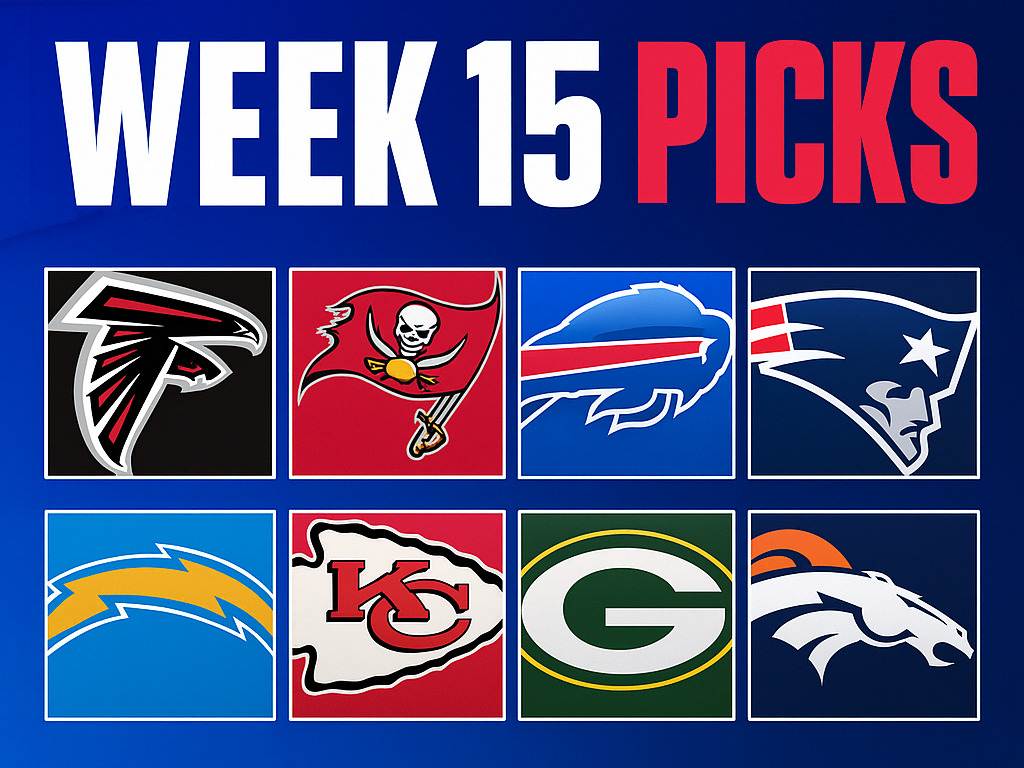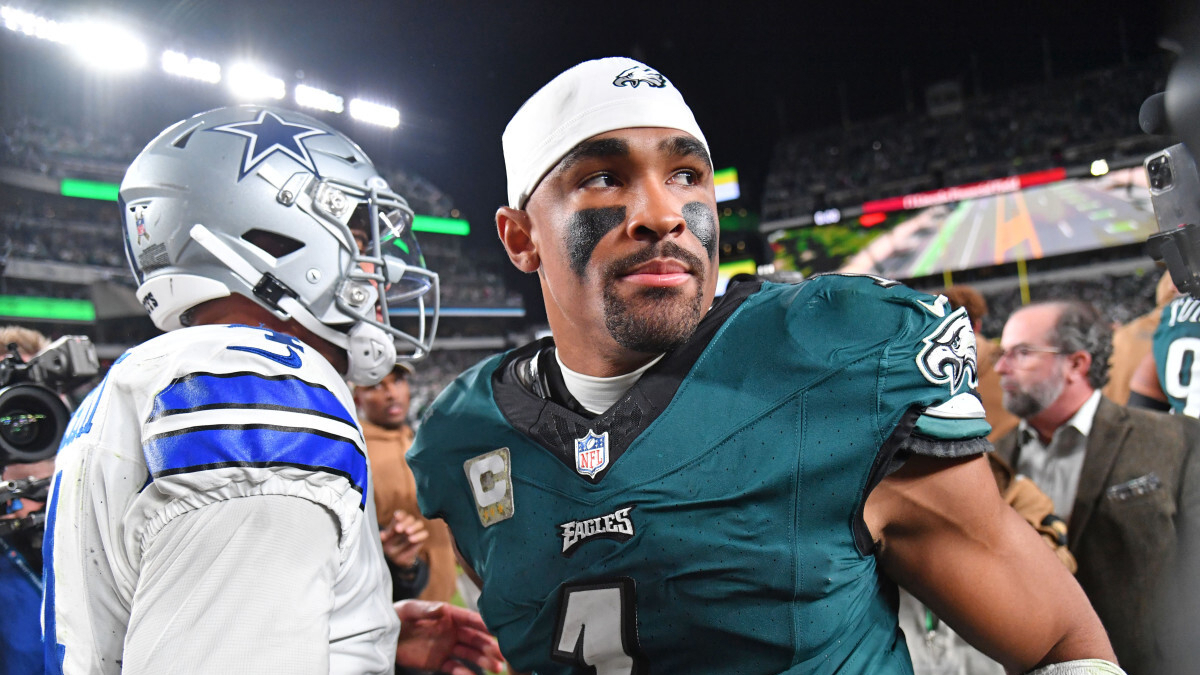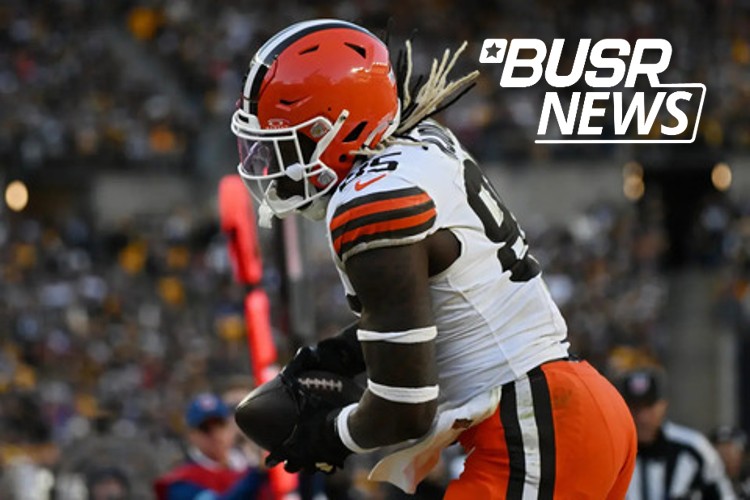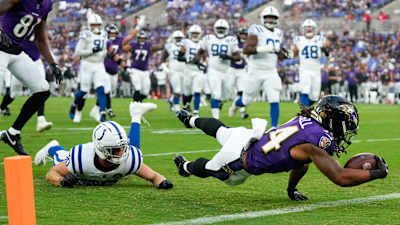NFL Odds and News: Brown’s New Stadium Approved
NFL Odds and News
Cleveland Browns’ New Stadium Approved: What It Means for NFL Odds and Future NFL Betting Markets
The Cleveland Browns are one step closer to a new era, both on and off the field. With the Ohio legislature passing a new state budget, the team’s long-anticipated indoor stadium project in suburban Brook Park is officially on the fast track.
For fans and NFL betting markets alike, this development shifts the narrative surrounding the franchise, and it could eventually impact NFL odds, especially if the Browns’ investment off the field translates into stability and performance on the field.
Coming just months after the NFL Draft and in the wake of speculation over the team’s future in downtown Cleveland, this legislative victory delivers a decisive statement. The new facility, which will serve as the team’s home starting in 2029, signals that the Browns are planning for long-term competitiveness, both financially and on the field.
$600 Million Greenlight: Ohio’s Budget Pushes Browns Forward
The state legislature advanced the Browns’ stadium project on Wednesday by passing a budget that allocates $600 million for a new facility in Brook Park. The team had previously announced its intent to relocate to the area, which lies near Cleveland Hopkins International Airport and just southwest of the team’s current stadium.
This funding is provided by a newly established Sports and Culture Facility Fund. Funded through Ohio’s $4.8 billion in unclaimed assets, the newly established Sports and Culture Facility Fund allocates $1.7 billion overall, with $600 million specifically earmarked for the Browns. The remaining $1.1 billion is intended for facility upgrades across the state, including possible improvements to the Bengals’ Paycor Stadium.
The Browns will repay their portion through tax revenues generated by the Brook Park development. This strategy aligns the project’s economic success with the team’s financial obligations, creating a sustainable funding model tied directly to stadium performance and surrounding business growth.
Legal Hurdles Cleared With Budget Additions
The road to Brook Park wasn’t without opposition. The city of Cleveland and the franchise had filed legal challenges concerning the Modell Law, a provision introduced in the 1990s to prevent professional sports franchises from relocating without due process. Tension peaked when both sides accused each other of violating the law’s intent. However, lawmakers included an updated version of the Modell Law in the passed budget that nullifies the city’s lawsuit.
Since the Browns are staying within Cuyahoga County, the revised legislation clarifies that the law does not apply to them. This effectively clears any legal roadblocks that may have jeopardized the deal, allowing construction and development to move forward.
Private Investment and Construction Timeline
Haslam Sports Group, led by Browns owners Jimmy and Dee Haslam, has pledged $1.2 billion in private capital toward the construction of the new indoor stadium and surrounding entertainment district. The final price tag is expected to reach $2.4 billion, making it one of the most ambitious sports infrastructure projects in Ohio’s history.
The Browns aim to close on a 176-acre parcel of land next to the airport by the end of this week. The site will host the team’s new indoor stadium and an adjacent entertainment complex that is expected to attract year-round traffic.
Construction is scheduled to begin in early 2026, immediately after the expiration of the lease at the team’s current downtown stadium. If the timeline holds, the new facility will be ready for kickoff in time for the 2029 NFL season.
This long lead time allows the Browns to maintain operations at FirstEnergy Stadium while planning the transition, without affecting their on-field performance or fan experience over the next few years.
State Reaction and Local Pushback
Despite the state budget representing a clear victory for the Browns, Cleveland Mayor Justin Bibb has remained outspoken in opposing the Brook Park development. In January, he referred to the proposal as “the Haslam scheme” and called it a “ploy” to increase taxes, drive up ticket prices, and relocate events away from the city center.
Bibb pushed for renovating the existing stadium, which opened in 1999 on the site of the old Cleveland Municipal Stadium. However, the Browns organization repeatedly dismissed renovation proposals as short-sighted. The team argued that updating the current stadium would be a temporary solution at best and emphasized the limitations of the downtown site.
Cleveland Mayor Justin Bibb has continued to voice strong opposition to the Brook Park stadium plan, even as the Browns celebrate a significant win with the state budget approval. The site’s proximity to major highways and the airport, along with its potential for development, creates new revenue opportunities and logistical advantages.
Sports Betting Tensions and Legal Threats
Initially, Governor Mike DeWine suggested a different funding model, raising the state’s sports betting tax to generate funds for new stadiums. That proposal was eventually replaced by the current plan to tap into unclaimed property. With the June 30 deadline approaching, Governor Mike DeWine retains the power to strike individual provisions from the budget before it is finalized.
Meanwhile, legal threats persist from other corners. Legal representatives Jeff Crossman and Marc Dann have stated plans to pursue a class-action suit on behalf of Ohioans whose unclaimed property is being used to fund the project. They argue that using unclaimed property for stadium funding constitutes a violation of property rights and could be deemed unconstitutional.
Whether the lawsuit gains traction remains to be seen, but the Browns appear undeterred. Their land acquisition timeline and construction plans suggest they expect no significant delays.
Implications for NFL Betting and Team Trajectory
From an NFL betting perspective, the Browns’ stadium development has indirect but notable implications. A new stadium not only boosts franchise valuation but may also attract top-tier talent, further influencing NFL odds in future seasons.
With greater visibility and financial leeway, Cleveland may benefit during the 2025 and 2026 NFL Draft cycles by attracting heightened attention. Long-term investments in infrastructure often reflect a franchise’s belief in its trajectory. In other words, the Browns aren’t planning to hover around .500; they’re aiming for sustained playoff runs.
Bettors should closely monitor how this financial stability affects front office decisions, including coaching hires, contract extensions, and draft strategy. The Haslam ownership group has signaled that they’re building for the long haul.
Looking Ahead to 2029 and Beyond
Once complete, the Browns’ new stadium will become a major NFL venue with modern amenities, improved accessibility, and potential for multi-purpose use, including concerts and large-scale events. The shift to an indoor facility also opens the door for Cleveland to host future Super Bowls, Pro Bowls, or NFL Combine events.
The Browns’ relocation within Cuyahoga County ensures continued community engagement while simultaneously unlocking broader regional economic opportunities. NFL betting enthusiasts, fantasy managers, and fans can expect increased buzz and coverage as each milestone in the construction process is reached.
For now, Cleveland will remain in its current home through 2028, but the countdown to Brook Park has officially begun.
Join the BUSR Experience. Stream LIVE all major sport leagues, enjoy live in-game moments with live betting, exclusive team props, and season futures. You control your winnings with our new Early Cash-Out option, no need to wait for game endings. Enjoy 24-hour payouts, dive into over 1,000 casino games, and access to exclusive lines and boosted odds.Score up to $1,500
on your first deposit100% Welcome Bonus + 25 Casino Spins
NFL Betting Odds:
NFL Game Odds | Super Bowl LX Odds to Win | NFL 1st Half Lines | NFL 2nd Half Lines | NFL Quarter Lines |




